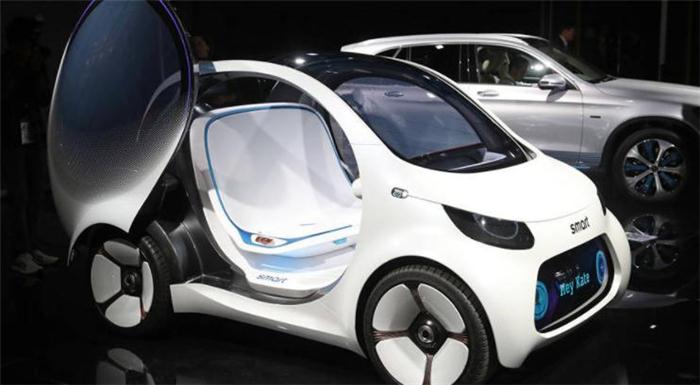
According to foreign media reports, many car companies and technology companies have predicted that the self-driving vehicles will be driven on the road as fast as 2020, and will even change our way of travel completely within a few years from now. In fact, the self-driving car's on-road time may be dragged on for longer, with the following five factors:
1. Technology
Driverless cars rely on lidar technology (LIDAR), which sounds very strange. LIDAR is an abbreviation for light detection and ranging, which gives the vehicle the ability to "see" the surrounding environment, which uses laser light to detect, measure, and identify objects in the periphery of the vehicle.
Such sensors are expensive, difficult to produce, and difficult to buy. In addition, when engineers conducted field tests on vehicles, they also discovered many problems that had not been exposed before, such as: climatic conditions.
In terms of infrastructure, there are also technical problems: workshop communication technology (V2V), intelligent roads for assisting vehicle navigation, 5G networks for rapid upgrades and real-time navigation, and traffic light signal control functions. All of the above technical points have not been effectively guaranteed, nor have they formed unified standards across the country.
In addition, there are many new constraints and obstacles on the road, such as kangaroos on Australia's roads and widely varying climatic conditions, all of which will delay the development of self-driving cars.
2. Talent
At present, there is a serious shortage of self-driving car R&D personnel. Many big-name companies have turned their attention to colleges and universities, and the latter complained that many research-oriented talents were being cut into corners and seriously affected their technological development.
In the future, companies will focus on cutting-edge talent, which will inevitably lead to some lawsuits. Training a new generation of engineers is also an extremely time-consuming task. Obviously, lack of talent will also slow down the development of self-driving cars.
3. Intellectual property
Soon, there will be a patent war in the auto industry. Between 2010 and 2015, the number of technical patents for self-driving cars has reached 22,000. With the increasing number of technology patents, many companies are bound to file courtrooms for the ownership of technical patents in the process of technology development.
Certain basic technologies (supportive technologies) are very important and cannot be replaced by other technologies, and their ownership will determine the number of companies involved in the development of autonomous vehicles. The research and development of such technologies requires a lot of money, and some of the cooperatively developed technologies will also experience changes due to changes in the cooperative relationship. These factors will also slow down the development of autonomous driving technology.
4. Security
Usually the driver does not know much about the specific differences between SAE-determined Level 1 autopilot and Level 5 autopilot. They usually only consider safety.
Taking Tesla's Autopilot technology as an example, there was a fatal traffic accident in the past and a fire-fighting accident occurred in the near future. Fortunately, the rear-end accident did not cause casualties.
However, there are still many companies and federal investigators who point out that vehicles like the Tesla Autopilot system are semi-autonomous vehicles that are much more dangerous than conventional vehicles. Obviously, federal investigators, accident litigation due to accidents and consumer concerns about car safety will delay the promotion and application of self-driving cars.
Even if the vehicle does not crash, the on-board network may also be attacked by hackers. This also makes potential users have doubts about the safety of self-driving cars.
5. Unintended consequences (unintended consequences)
At present, people are somewhat optimistic about the future prospects of driverless cars. With self-driving cars becoming mainstream, there will be tens of millions of truck drivers, taxi drivers, bus drivers, dispatchers, and related support positions in the future, all of which will be devastated, and may cause unemployment in the entire transportation industry. tide. The auto insurance industry's business will also suffer.
Ford’s chief executive also mentioned this month that, with the popularity of driverless cars and taxi applications, serious traffic congestion will occur in the future.
In addition, autopilot technology is not as simple as imagined, there are many professional aspects do not quite understand, many related technologies and equipment have not been created, should raise questions.
As R&D personnel, consumers, or car manufacturers, don't be too blind to believe in this technology, because it means that you will lose a lot of money, time, and make the car a certain risk.
In summary, the development and promotion of self-driving cars may not be as optimistic as expected by major car companies and technology companies. To achieve greater progress, the above five constraints are irreversible. (This article is taken from the picture)
Reusable Hydraulic Fittings,Reusable Hydraulic Hose Fittings,Reusable Hydraulic Hose Ends
Luohe Tiema Hydraulics CO.,Ltd , https://www.hydraulichosesdirect.com